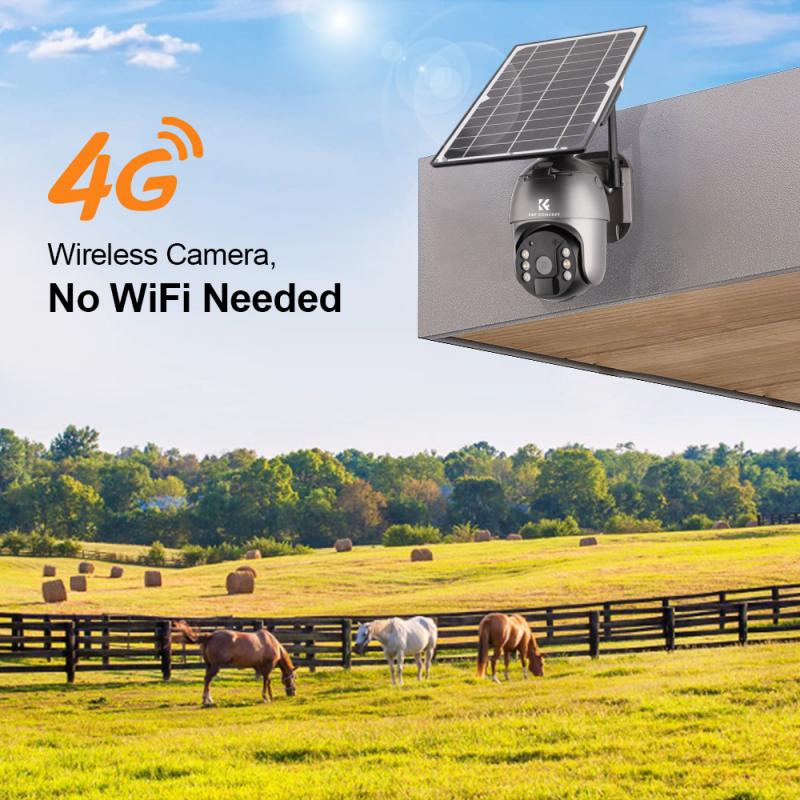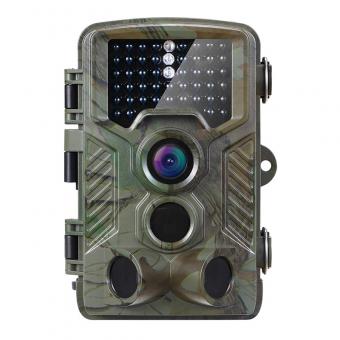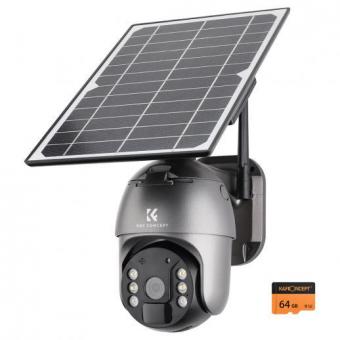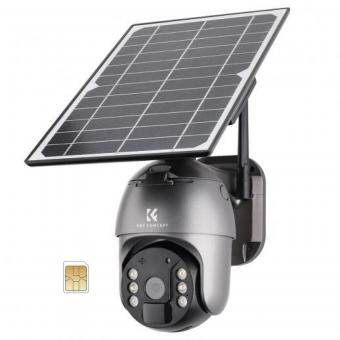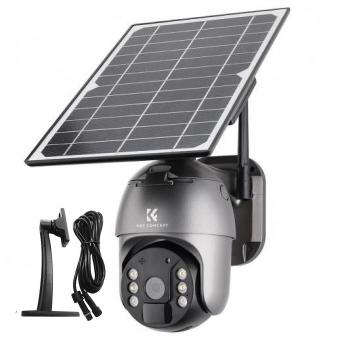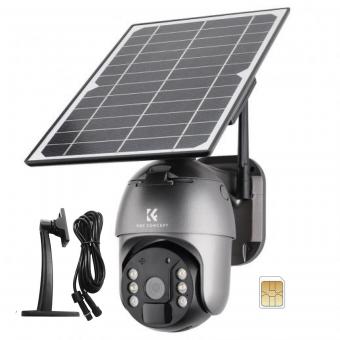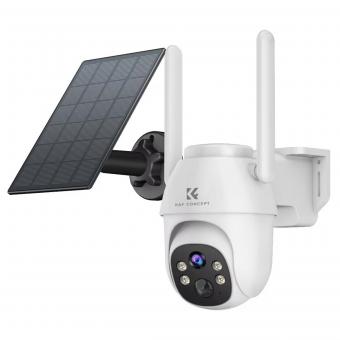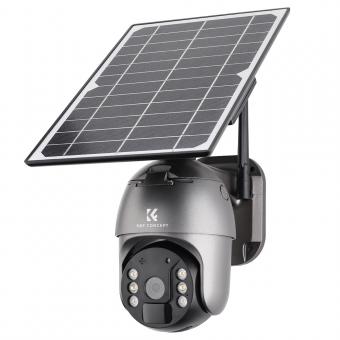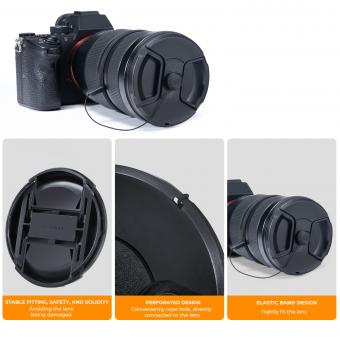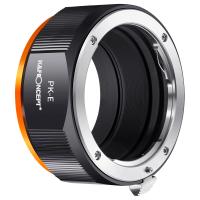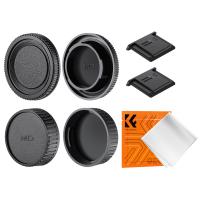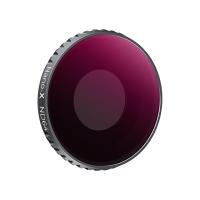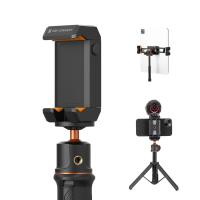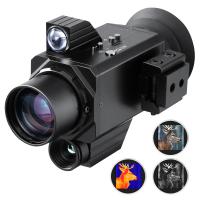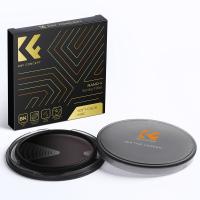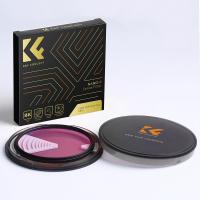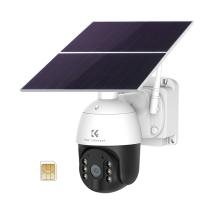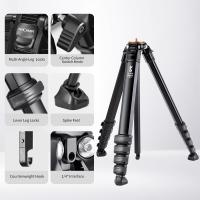What Is Pir Camera ?
A PIR camera, also known as a Passive Infrared camera, is a type of surveillance camera that uses infrared technology to detect changes in heat signatures. These cameras are equipped with a PIR sensor, which can detect the presence of humans or animals based on their body heat. When the sensor detects a change in heat, it triggers the camera to start recording or capturing images. PIR cameras are commonly used in security systems to monitor and protect homes, businesses, and other properties. They are particularly effective in detecting motion and capturing footage in low-light or dark environments.
1、 Definition and Function of a PIR Camera
A PIR camera, also known as a Passive Infrared camera, is a type of surveillance camera that uses infrared technology to detect motion and capture images or videos. It is commonly used in security systems to monitor and protect homes, businesses, and other properties.
The PIR camera works by detecting changes in infrared radiation emitted by objects in its field of view. When a person or object moves within the camera's range, it triggers the sensor, which then activates the camera to start recording. This technology is based on the principle that all objects emit a certain amount of infrared radiation, and any change in this radiation indicates movement.
One of the key advantages of a PIR camera is its ability to accurately detect motion and reduce false alarms. Unlike traditional motion detection cameras that rely on pixel changes or video analytics, a PIR camera directly detects the heat signature of objects. This makes it less prone to false alarms triggered by changes in lighting conditions, shadows, or small animals.
In recent years, PIR cameras have seen advancements in technology, such as improved image quality, higher resolution, and enhanced night vision capabilities. Some PIR cameras also come with built-in features like two-way audio, remote access, and smartphone integration, allowing users to monitor their property from anywhere at any time.
Overall, a PIR camera is an effective and reliable tool for surveillance and security purposes. Its ability to accurately detect motion and reduce false alarms makes it a popular choice for both residential and commercial applications. With the continuous advancements in technology, PIR cameras are becoming more sophisticated and user-friendly, providing users with enhanced security and peace of mind.

2、 PIR Camera Technology and Operation
A PIR camera, also known as a Passive Infrared camera, is a type of surveillance camera that uses infrared technology to detect motion and capture images or videos. PIR cameras are commonly used in security systems to monitor and protect homes, businesses, and other properties.
The technology behind PIR cameras is based on the detection of infrared radiation emitted by objects in their field of view. PIR cameras have built-in sensors that can detect changes in infrared radiation patterns caused by the movement of objects or people. When motion is detected, the camera is triggered to start recording or capturing images.
One of the key advantages of PIR cameras is their ability to minimize false alarms. Unlike other motion detection technologies that rely on changes in pixel patterns or sound, PIR cameras specifically detect changes in heat signatures. This means that they are less likely to be triggered by false alarms caused by moving shadows, changes in lighting conditions, or small animals.
In addition to motion detection, PIR cameras can also be equipped with other features such as night vision capabilities, two-way audio, and remote access through mobile apps or web browsers. These features enhance the overall functionality and convenience of PIR cameras, making them a popular choice for both residential and commercial surveillance applications.
From a latest point of view, advancements in PIR camera technology have led to the development of more sophisticated features. For example, some PIR cameras now incorporate artificial intelligence algorithms to improve motion detection accuracy and reduce false alarms even further. These algorithms can differentiate between human and non-human movement, allowing for more precise monitoring and alerting.
Furthermore, PIR cameras are now being integrated with smart home systems, enabling users to control and monitor their cameras remotely through voice commands or smartphone apps. This integration with other smart devices and systems enhances the overall security and convenience of PIR camera systems.
Overall, PIR camera technology continues to evolve, providing more reliable and advanced surveillance solutions for various applications. With their ability to detect motion based on heat signatures, minimize false alarms, and integrate with other smart devices, PIR cameras are becoming an essential component of modern security systems.
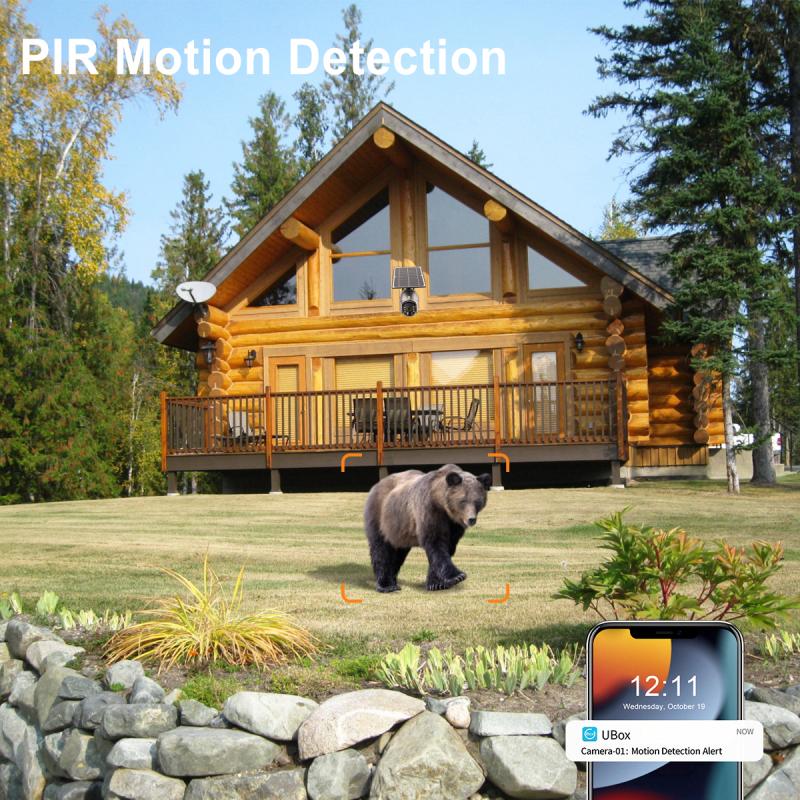
3、 Applications and Uses of PIR Cameras
A PIR camera, also known as a Passive Infrared camera, is a type of surveillance camera that uses infrared technology to detect changes in heat signatures. These cameras are equipped with sensors that can detect the heat emitted by living beings and objects, allowing them to capture images and videos based on movement and heat patterns.
The primary application of PIR cameras is in security systems. They are commonly used in homes, offices, and public spaces to monitor and detect any unauthorized movement or intrusion. PIR cameras are particularly useful in areas where traditional motion detection cameras may be triggered by false alarms, such as moving branches or shadows. By focusing on heat signatures, PIR cameras can accurately detect human presence and reduce false alarms.
In addition to security, PIR cameras are also used in various other applications. They are commonly used in wildlife monitoring and research, allowing researchers to study animal behavior without disturbing their natural habitat. PIR cameras are also used in energy conservation systems, where they can detect occupancy in a room and automatically adjust lighting and temperature settings accordingly.
The latest advancements in PIR camera technology have led to improved accuracy and sensitivity. Some cameras now feature advanced algorithms that can differentiate between humans and animals, reducing false alarms even further. Additionally, PIR cameras can now be integrated with other smart home devices, allowing users to receive real-time alerts and remotely monitor their property.
Overall, PIR cameras offer a reliable and efficient solution for surveillance and monitoring purposes. With their ability to detect heat signatures and accurately capture images and videos, they have become an essential tool in various industries, providing enhanced security and convenience.
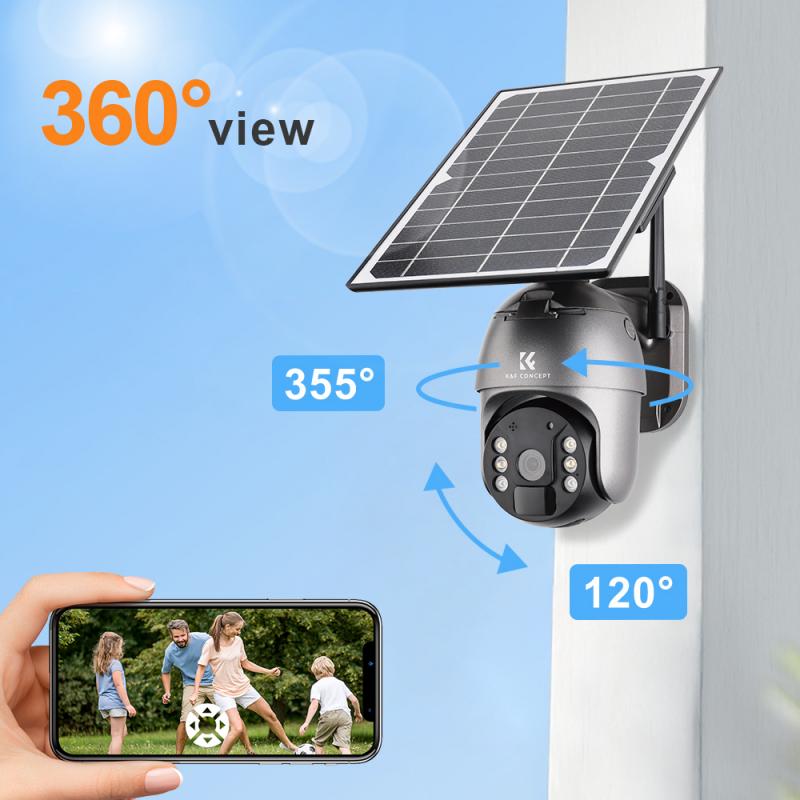
4、 Advantages and Limitations of PIR Cameras
A PIR camera, also known as a Passive Infrared camera, is a type of surveillance camera that uses infrared technology to detect changes in heat signatures. These cameras are commonly used for security purposes and are designed to detect motion and capture video footage when there is a significant change in temperature within their field of view.
The main advantage of PIR cameras is their ability to accurately detect motion. Unlike traditional motion detection cameras that rely on pixel changes or video analytics, PIR cameras detect changes in heat signatures, making them less prone to false alarms caused by environmental factors such as moving trees or shadows. This makes them highly reliable for detecting actual human or animal movement.
Another advantage of PIR cameras is their ability to work in low-light or complete darkness. Since they rely on heat detection rather than visible light, they can capture clear video footage even in pitch-black conditions. This makes them ideal for outdoor surveillance during nighttime.
However, PIR cameras also have some limitations. One limitation is their narrow field of view. PIR cameras typically have a limited range and angle of detection, which means they may not be suitable for monitoring large areas or wide spaces. Additionally, PIR cameras are less effective at detecting motion through glass or other barriers that can block heat signatures.
In recent years, advancements in PIR camera technology have addressed some of these limitations. Some newer models offer wider detection angles and longer detection ranges, making them more versatile for different surveillance needs. Additionally, some PIR cameras now come with built-in video analytics that can differentiate between human and non-human heat signatures, further reducing false alarms.
In conclusion, PIR cameras are a reliable and effective option for motion detection and surveillance in low-light conditions. While they have some limitations, advancements in technology continue to improve their capabilities, making them a valuable tool for security applications.
